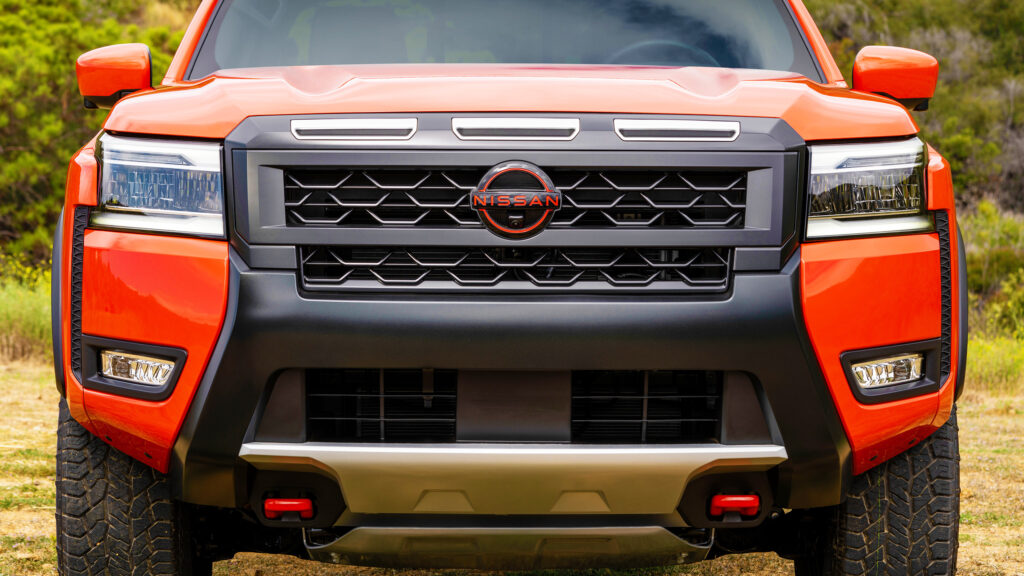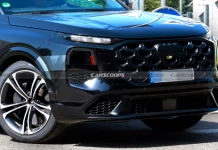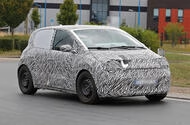Top 10 Electric Cars Eligible for the UK Grant That Make Going Green More...
 The electric car grant is back in the UK – and we've listed the 10 best EVs with which you can now save cash
The electric car grant is back in the UK – and we've listed the 10 best EVs with which you can now save cash
The UK’s electric car market is growing month on month, and there’s now a wider selection of models to choose from than ever before.
Despite this, the EV uptake on our shores has been lower than anticipated, and the need for incentives to support both the manufacturer and the customer is now considered necessary to encourage further growth.
The UK government's Electric Car Grant (ECG) is the newest of such incentives and will play a crucial role in making EVs more accessible and affordable for a wider range of people.
The ECG offers a discount of £1500 or £3750 on certain EVs priced under £37,000, with the discount amount dependent on the emissions output of the manufacturing country.
That means some electric cars are now cheaper than ever, with the grant significantly reducing the cost of some of the most affordable EVs currently available.
As of 13 August, 19 EVs are officially eligible for the government’s grant - but which should you actually consider buying?
We’ve compiled a list of our favourites, which you can read below. Our top pick is the Renault 5, but you will need to read on to find out why.
Keep this page bookmarked, as it will be continually updated as new EVs are added to the government’s eligibility list.
Skoda Vision O Wagon Teased as Sleek Electric Octavia Successor for 2029
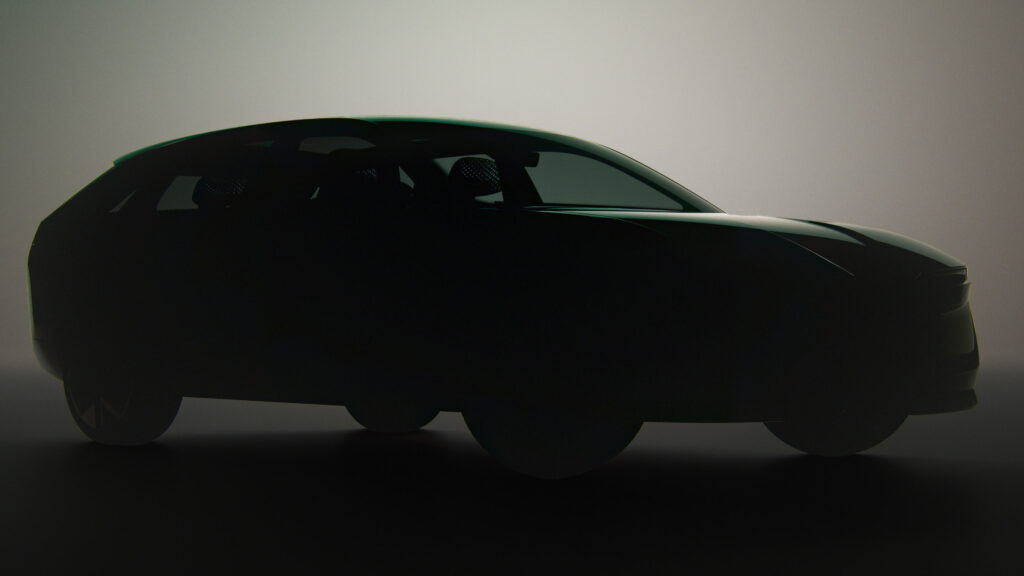
Supercar Convoy Pulled Over as Police Crack Down Ahead of Monterey Car Week

Viral Video Captures Mustang Mach-E Crash as Driver Appears to Pray Before Impact

Skoda Vision O Unveiled A Bold Electric Estate Redefining Practicality and Modern Design

Rakish roof and clean lines for the next iteration of Skoda's Modern Solid design languageVision O concept will be revealed in September as a preview of the next-gen Octavia, twinned with VW's ID Golf
Skoda has given more details of its upcoming electric estate concept, just weeks before the wraps come off it at the Munich motor show.
The Vision O concept will preview the next-generation Octavia estate, which is due by the end of the decade as the first of Skoda’s legacy nameplates to gain electric power. It will set the tone for the next generation of Skoda's design language while taking influence from previous generations of the Octavia, including the seminal late-1990s Mk1.
Skoda CEO Klaus Zellmer said the concept “sets the stage for the future of Skoda’s combi estate”.
He added: “This is an important segment for many of our customers and one where Skoda has been playing a leading role in Europe for many years. For example, more than three million Skoda Octavia estate cars have been produced across four generations since the modern Octavia was launched in 1998 – the best-selling estate model in Skoda history."
The Vision O will also showcase “the evolution of the Modern Solid design language” that Skoda is rolling out across its line-up, which, the brand says, will manifest in far fewer “decorative” styling elements and a prevailing focus on aerodynamics.

Details visible in the latest preview video include its rakish, sloped roofline and T-shaped rear lights like those of the upcoming Skoda Epiq small crossover.
Daniel Edr, the Vision O project manager, said the concept’s aim is to go “back to the roots” of the Octavia. “From my perspective, the car’s simple and purposeful design draws heavily from the first and second generations of the Octavia, returning to the model’s roots – which are above all about functionality.”
Skoda also says the "steeply raked" windscreen and "gently sloping roofline" are "design cues that have characterised Skoda's most successful estate models".
The Superb and Octavia estates are among Skoda's best-selling global models, with the Octavia Combi, particularly, ranking as its top seller in certain markets.
As a result, Skoda "is committed to continuing the estate bodywork legacy into the future," said the company.
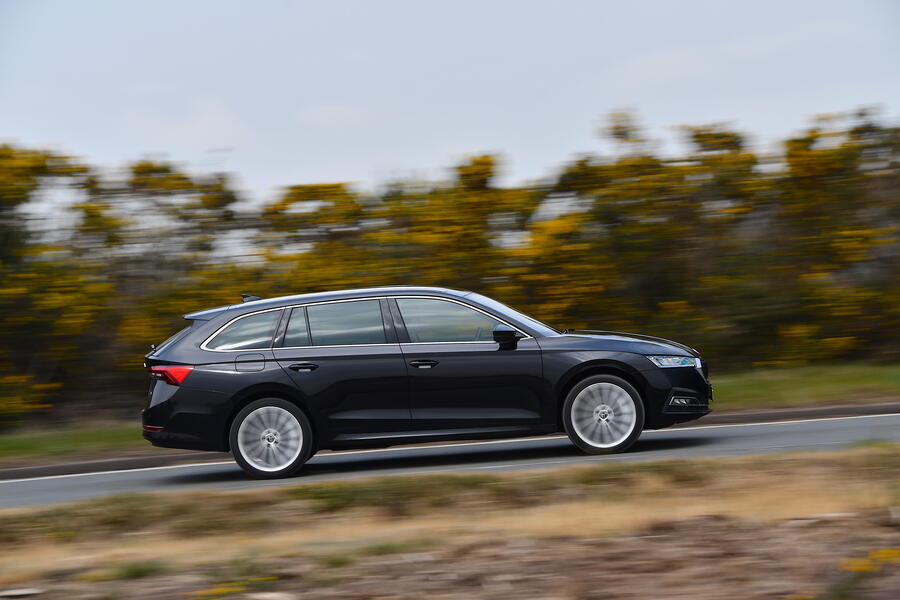
Exterior designer Jounggeen Kim shaped the Vision O's silhouette and said his task was "to apply the Modern Solid language to an estate car".
He designed the concept to be an "all-in-one" proposition and said: "This car is built to do it all. I see Skoda as a family-oriented brand – practical, reliable and trustworthy. I aimed to reflect those qualities through the new Modern Solid design language.”
Kim added that while the Vision O will be a future-looking concept that adheres to Skoda's current design principles, he took inspiration from past models such as the Yeti and Roomster.
Skoda had originally planned to launch an electric estate version of the Octavia based on the Volkswagen Group’s current MEB electric architecture. However, Zellmer said it will instead be underpinned by the VW Group's upcoming SSP architecture because it will offer “more performance and be more cost-efficient”.
He said: “Wait and see until September, and then we will show you the full potential and technical package that we envision. It will be a concept car, so this is also a test bed for us to see what the resonance from the media, from our dealers and from our potential customers is.”
The production version of the electric Octavia estate is due by the end of the decade at a similar time to the related Volkswagen ID Golf, which will also be based on the SSP platform. It is expected to lead the next generation of electric Skodas and mark the point where its combustion-engined and all-electric ranges start to converge.
To date, Skoda’s electric vehicles have existed in a parallel line-up as the brand prioritises consumer choice and will continue to do so. This suggests the hybridised combustion-engined Octavia estate will continue to be sold as Skoda gradually introduces battery-electric vehicles into its more familiar nameplates.
Before the electric Octavia, two more Skoda EVs are due. The Epiq, a sibling to the Volkswagen ID 2 and Cupra Raval, will be launched next year as the Skoda's entry-level electric car. The brand will also put its previous Vision 7S concept car into production in 2026 as an electric equivalent of the Kodiaq. This is likely to be Skoda’s most expensive car yet, but Zellmer said it will retain its core principles of “design functionality and value for money”.
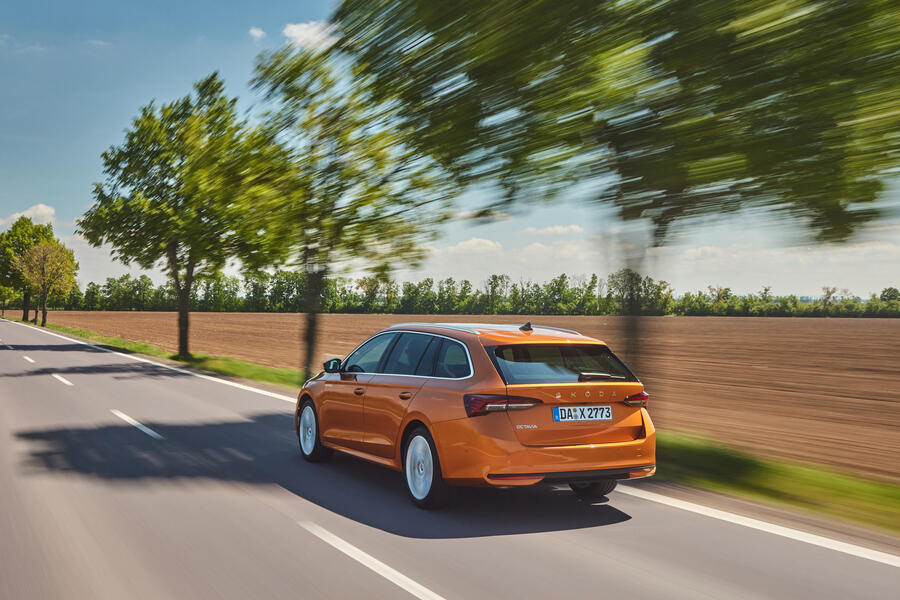
However, there are no plans to launch a Skoda version of the recently unveiled Volkswagen ID Every1 concept car, which will arrive as an entry-level VW electric city car in 2027 and be priced from around £17,000.
“We have decided not to be part of that segment,” said Zellmer. “Within the Volkswagen Group, VW [will be left to] conquer that part of the market.”
Skoda is not abandoning entry-level cars altogether, though, and Zellmer confirmed a sub-£17,000 starting price would remain in its range as the Fabia, Kamiq and Scala have all been signed off for updates to keep them in the market for the years ahead. This will include mild-hybrid versions, something that’s required for the upcoming Euro 7 emissions regulations, which re-engineered versions of these cars will have to meet.
Zellmer is keen to add more hybrids to Skoda’s range, including more long-range plug-in hybrids off the back of the success of Superb and Kodiaq hybrids.
He said: “We want to have more hybrids in our portfolio because this is clearly something that we see reflected in the competitive landscape and consumer sentiment.
"The feedback we get from our dealers and from our customers in those cars [Superb and Kodiaq plug-ins] is very reassuring that we're heading the right way to have the best of both worlds: the range and the ease of a combustion engine, and the peace and quiet driving around and more than 100km [62 miles of electric range] with the E drive mode.”
Shelby Super Snake-R Unleashed: 850-HP Mustang Redefines Performance and Luxury

2026 Mercedes-Maybach SL680 Surprises with Unexpected Value
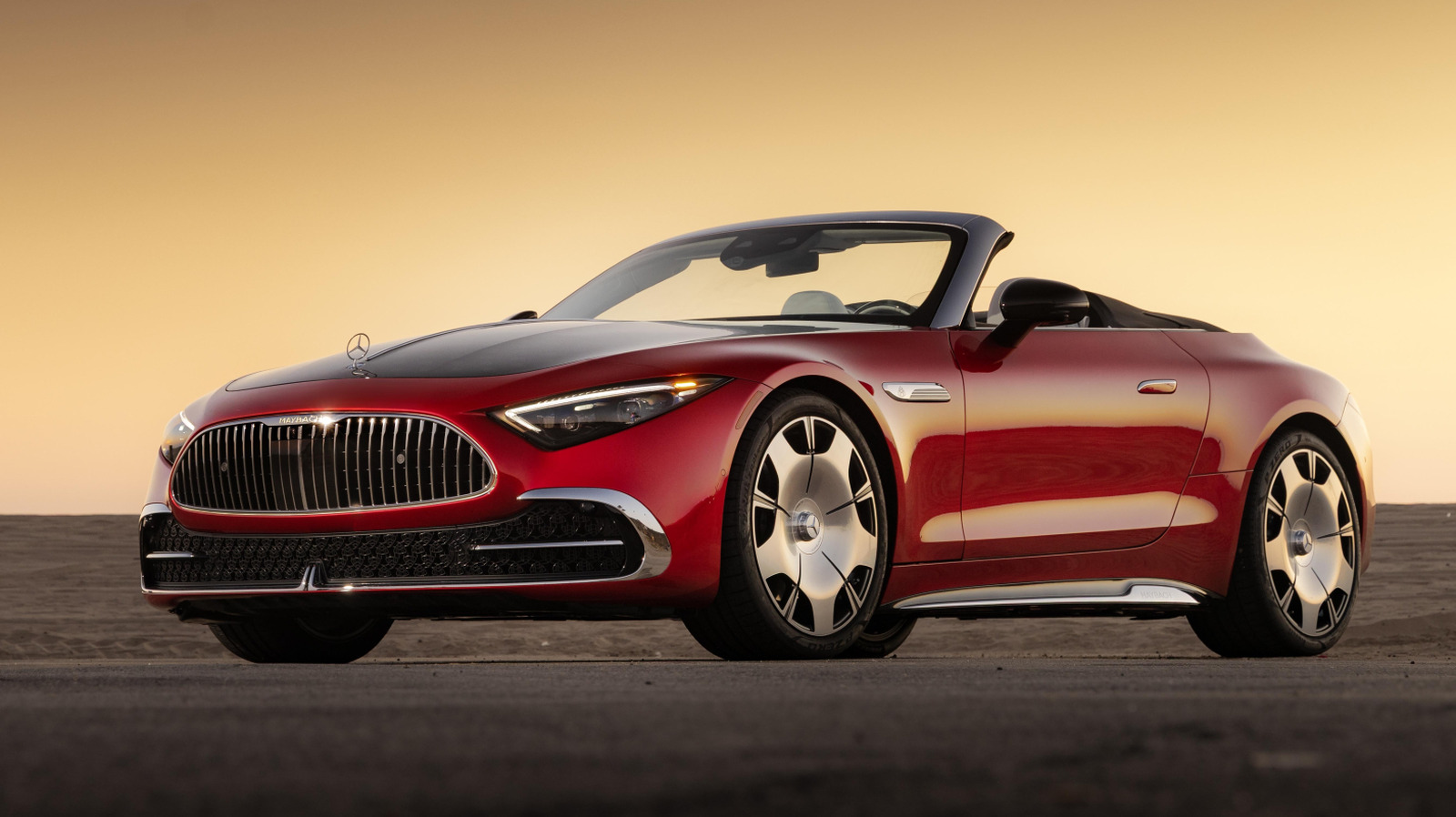
2027 Audi SQ7 Revealed: Bold Design, Bigger Size, and Next-Level Luxury Spotted Testing

New Electric City Car Promises Style and Affordability as Twingo Takes On Budget EV...
 New electric city car will go toe to toe with the Volkswagen ID 1
New electric city car will go toe to toe with the Volkswagen ID 1
The fourth-generation Twingo will arrive in mid-2026 as the new, sub-£17,000 entry point to Renault’s expanding EV lineup and a direct rival to the upcoming Volkswagen ID 1.
Spotted testing for the first time by Autocar spy photographers, the new city car will be launched seven years after its petrol predecessor was withdrawn from sale in the UK due to declining demand (just 877 UK sales in 2018).
The new Twingo marks another significant step in Renault’s EV advance and comes off the back of the successful Renault 5, which has carved a path for smaller, affordable EVs.
A key selling point for the Twingo will be its sub-£17,000 starting price, which is part of a brief to create a “fit-for-purpose urban vehicle with no compromise”.
Notably, this undercuts the old Twingo Electric’s starting price of €21,350 (£18,624) in 2021. This variant was introduced during the model’s third generation but never sold in the UK.
Its pricing will position it just above the £14,995 Dacia Spring and £15,995 Leapmotor T03 – the two cheapest electric cars on sale in the UK today – in a growing A-segment that will later be supplemented by the ID 1, Kia EV1 and a Nissan-badged variant of the Twingo.
Renault will look to distinguish the Twingo from its rivals with a funky design – and our first sight of test mules reveals that the production car doesn’t differ too much from the radical concept of 2024, which was inspired by the Mk1 Twingo of 1992.
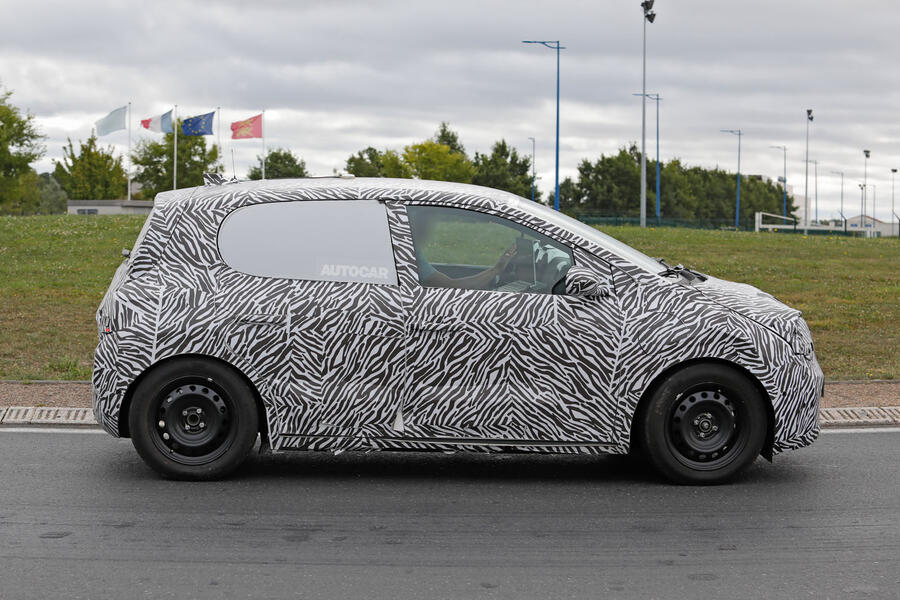
The car’s look retains a similar bubble-like shape to the concept’s, while under the camouflage, it appears to feature the same semicircular light design at the front and rear.
However, some elements have been made more conventional, such as grab handles replacing the concept’s Mk1-inspired integrated pulls. The test mules also have more ground clearance than the low-slung concept.
It’s not clear if it will keep the concept’s unique battery percentage display on the bonnet, made up of three vent-like screens that reference a design detail of the Mk1, while the all-glass boot design has been made more conventional.
The interior of the production car has yet to be seen. However, it has been previewed by the concept’s “90% ready” cabin, which was clearly designed with cost-consciousness in mind – as evidenced by the basic seats and bare surfaces.
At the centre of the concept’s dashboard is a 10.1in infotainment touchscreen supplemented by physical buttons and dials for main functions and a 7.0in digital instrument cluster.
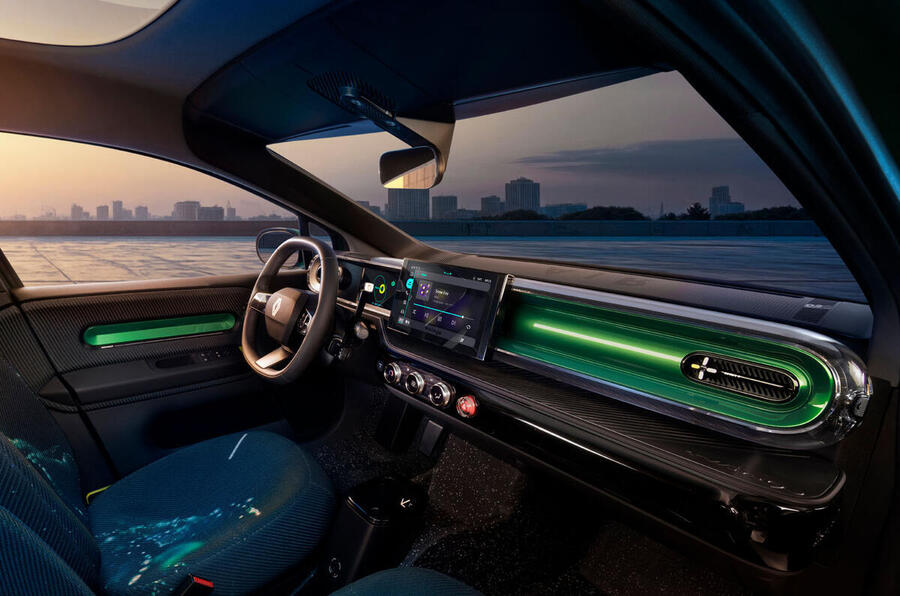
Like the exterior, the concept’s interior makes clear reference to the Mk1, with its ovoid air vents and surfaces and prominent red hazard light button. Renault has described the cabin as “airy, cylindrical and suspended” and “designed to make life easier”.
While the firm has offered no details on the powertrain, it’s understood to be closely related to that used in the larger Renault 5, which sits on the Ampr Small platform.
In the 5’s base spec, which costs £22,995, it offers 118bhp from a single motor and draws electricity from a 40kWh battery pack that enables a range of 190 miles. But in the interests of cutting costs, it could be fitted with an even smaller battery. For example, the Renault-made Dacia Spring uses a 25kWh pack to give a 140-mile range. Originally, Renault claimed the Twingo would offer impressive efficiency of 6.2mpkWh.
While a sub-£17,000 electric city car is important to Renault’s growing EV ambitions, the way it has been developed is also highly significant for the French firm. From green light to showroom, the Twingo will take just 21 months. For context, the current Clio took 48 months.
That drastic reduction in development time is being championed by new Renault Group CEO François Provost, who took over the post vacated by Luca de Meo at the end of July. Provost has vowed to continue cutting development times as part of “an obsession with competitiveness”.
The Twingo is vital to this plan, he said, because the processes used to get it to the cusp of production will be the blueprint from now on. The firm sees this approach as essential to keep pace with an increasingly competitive market, especially with car makers from China.
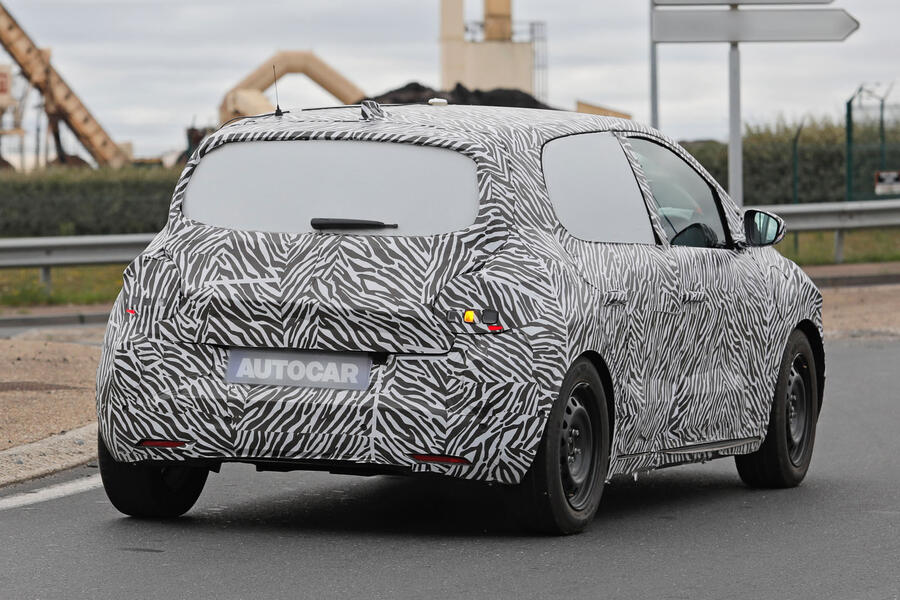
Production costs will also be an important factor in bringing down the Twingo’s showroom price. Provost’s predecessor claimed the hatchback will cost 50% less to produce than a new C-segment SUV, due to a reduction in materials and the increased focus on a software-driven platform that requires fewer parts and materials.
Key to this will be the work done by Ampere, which was launched last year as a stand-alone, Europe-based company within the Renault Group. Ampere’s focus is to achieve price parity between EVs and ICE vehicles by, among other things, reducing variable costs in Renault’s production processes.
Another key facet of the Twingo is its carbon footprint. Renault claims the electric city car will produce 75%-lower CO2 emissions over its life cycle than the “average European ICE car sold in 2023”.
The Twingo’s arrival in the UK next year follows a period of uncertainty over whether there would be a right-hand-drive version. (The Mk1 was LHD only; the first RHD Twingo was the Mk2 of 2007.) Originally, Renault held back on confirming that it would be sold in the UK, given the costs of converting it to RHD. But the strong reception of the 5 pushed brand boss Fabrice Cambolive to give it the green light.
“The UK is very important in terms of product recognition, because your legacy in terms of cars is very important,” he told Autocar previously. “I’ve followed closely the reaction to the R5 and R4 [in the UK], and with Twingo the exercise will be even more interesting. The Twingo can be one of the solutions of mobility for the UK tomorrow.”
Nissan Recalls 2025 Frontier Trucks Over Quick-Fix Daytime Light Glitch
